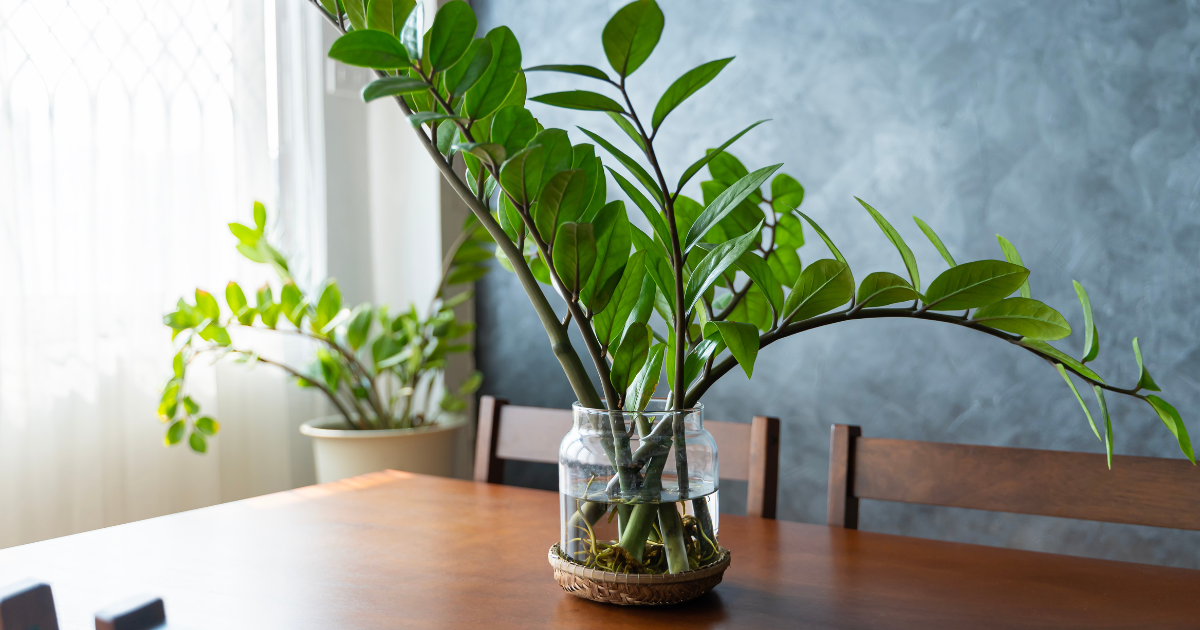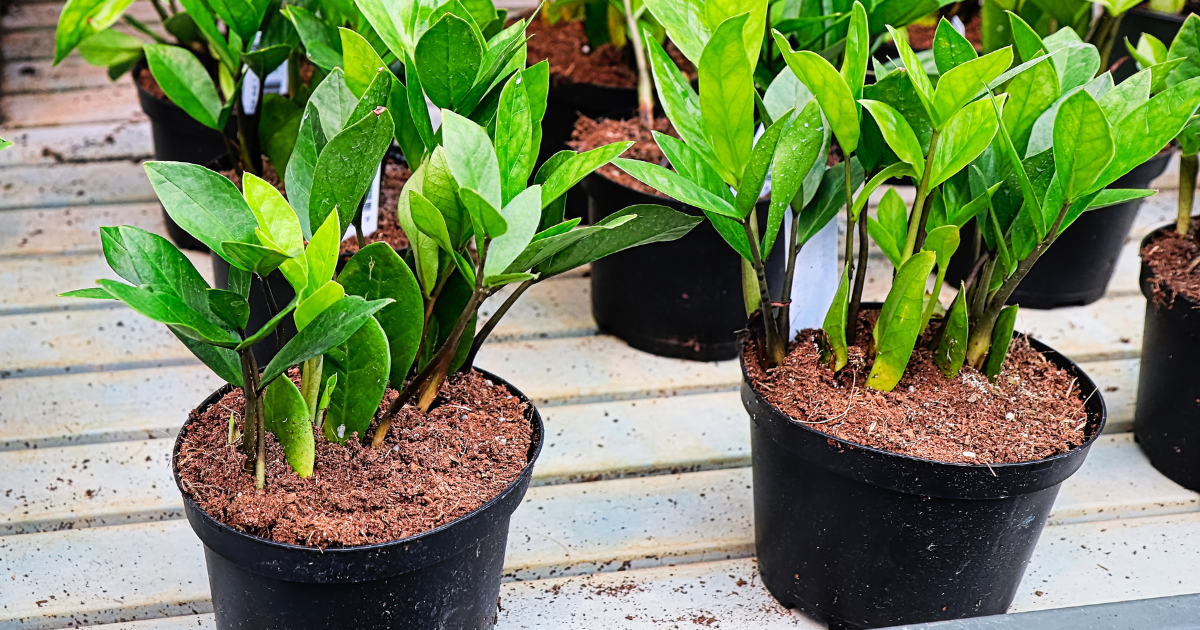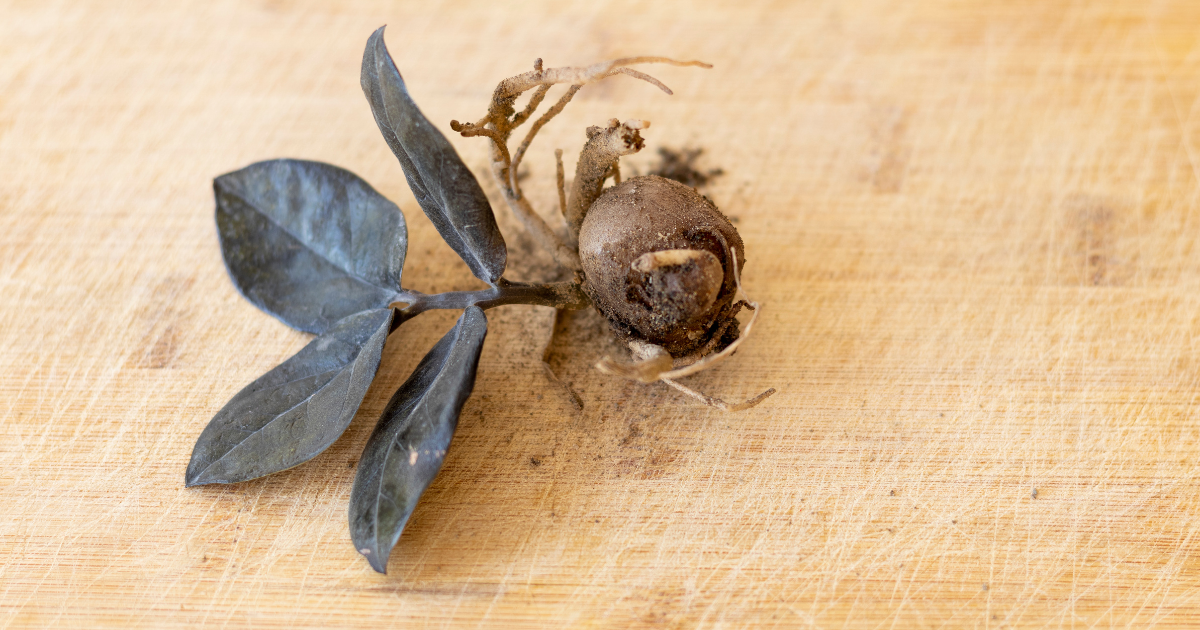Propagating ZZ plants, also known asZamioculcas zamiifolia or the Zanzibar gem, is a rewarding way to multiply your collection or share with friends. Here's a comprehensive guide to help you through the process, leveraging insights from multiple top-ranking blogs on the subject.
Step 1: Preparation
Materials Needed
Sterile pruning shears or a knife
Clear container (for water propagation)
Pots and well-draining potting mix (for soil propagation)
Rooting hormone (Optonal: to speed up the process)
Cutting the Plant
For stem cuttings, make a clean cut at the base of a healthy stalk using a sanitized knife. If you're opting for leaf cuttings, choose a healthy leaf and cut it as close to the stem as possible. Allow the cuttings to callus over for a few hours to a few days to prevent rot ing.
Step 2: Propagation Methods
Method 1: Water Propagation
Water zanzibar gem propagation allows you to see root development visually, making it a fascinating process. Here's how to refine the method for ZZ plants:
Container Selection:Use a clear glass container to enable light penetration, which is crucial for root growth. Ensure the container is tall enough to support the cuttings and prevent them from tipping over.
Cutting Placement: Insert the stem or leaf cutting into the container, submerging only the cut end in water. This helps prevent rot and encourages roots to grow from the cut site.
Lighting Conditions:Position the container in an area that receives bright, indirect sunlight. Direct sunlight can harm the cuttings, while too little light can slow down root development.
Water Maintenance:Change the water weekly to keep it clean and oxygen-rich, which is essential for healthy root growth. This step is crucial to prevent bacterial and fungal growth in the water.
Method 2: Soil Propagation
Soil propagation encourages a more traditional root system and is excellent for those who prefer to "set and forget" their propagations:
Soil Preparation:Choose a well-draining soil mix to provide the necessary aeration and moisture balance for the ZZ plant cuttings. Mixing in perlite or sand can improve drainage.
Potting Cuttings: Plant the cuttings in the prepared soil, ensuring they are upright and stable. You can plant multiple cuttings in the same pot, but make sure to space them out to prevent overcrowding.
Moisture and Light: Water the cuttings thoroughly after planting, allowing excess water to drain from the bottom of the pot. Place the pot in a location with bright, indirect light and maintain soil moisture by watering when the top inch of soil dries out.
Method 3: Root Ball Division
Root ball division is most effective for mature ZZ plants that have outgrown their pots or when you wish to create several plants quickly:
Plant Removal:Gently remove the ZZ plant from its pot, taking care not to damage the stems or roots. You may need to tap the pot's sides or gently squeeze it to loosen the root ball.
Division: Carefully separate the root ball into sections, each with its own set of roots. Use your fingers to tease the roots apart or a sterile knife for tough sections. Ensure each division has at least one growth point (stem).
Repotting:Pot each division into its own container filled with a well-draining soil mix. Plant the divisions at the same depth they were previously growing. Water thoroughly to settle the soil around the roots and place in bright, indirect light.
Step 3: Care After Propagation
Caring for your propagated ZZ plants is crucial for their growth and development. Here's how you can ensure they thrive:
Watering
Soil Propagation: After planting your ZZ plant cuttings in soil, the goal is to maintain a balance where the soil remains moist but is never waterlogged. Overwatering can lead to root rot, a common issue with ZZ plants. To prevent this, allow the top inch of soil to dry out before watering again. This practice encourages strong root growth by forcing roots to reach down for moisture, thus promoting healthier, more resilient plants.
Water Propagation: For cuttings propagated in water, it's essential to maintain a clean environment to prevent bacterial growth. Changing the water weekly helps keep it fresh and provides the cutting with enough oxygen to develop healthy roots. Once roots have formed, gradually acclimatize the plant to soil conditions if you plan to transplant it, as the transition from water to soil can be stressful for the plant.
Light
ZZ plant cuttings thrive in bright, indirectsunlight. Direct sunlight can scorch the young leaves, while too little light can stunt growth and lead to leggy plants. A north-facing window or a spot that receives filtered light through sheer curtains is ideal. If natural light is limited, consider using grow lights to supplement, ensuring they're positioned to mimic indirect sunlight. Proper lighting conditions are key to encouraging vigorous growth and the development of rich, green foliage.
Transplanting
Timing:Transplanting should occur once the roots are well-established, which can vary from a few weeks to several months after propagation. Look for roots that are at least an inch long or, in the case of soil propagation, when the plant shows signs of new growth.
Potting Mix:Use a well-draining potting mix to ensure the health of the plant. A mixture of potting soil, perlite, and/or orchid bark can provide the drainage and aeration ZZ plants require. Ensure the pot has drainage holes at the bottom to allow excess water to escape.
Transplanting Process:Carefully remove the plant from its current container, trying not to disturb the roots too much. If the plant was propagated in water, gently rinse the roots to remove any algae or debris. Place the plant in its new pot, filling around the roots with the potting mix. Water thoroughly after transplanting to settle the soil around the roots and remove any air pockets. Place the plant back in its optimal light conditions to continue growing.
Following these steps ensures your ZZ plant cuttings transition smoothly from propagation to mature plants, contributing to a thriving indoor garden. Remember, the key to successful plant care lies in understanding the specific needs of the plant species and adjusting your care routine accordingly to provide the best environment for growth.
Fern's Leafy Learnings
Preparation is Key: Sterilize your tools and let your cuttings callus over to prevent rot.
Choose Your Method: Water, soil, and division are all viable methods for propagating ZZ plants, each with its own set of steps for success.
Patience Pays Off: Propagating ZZ plant can take time, especially for roots to develop fully.
Care for Your Cuttings: Keep them in bright, indirect light and maintain the appropriate moisture level.
Transplanting Time: Once rooted, move your ZZ plants to a well-draining potting mix to thrive.
Deepen Your Roots with Flora
At Flora, we not only bring you a vibrant selection of locally sourced, rare, and delightful plants, but we also serve as your continuous guide in your plant parenting voyage, ensuring every leaf in your sanctuary thrives. With our Flora Pod™ technology and a nurturing community of over 250,000 plant lovers, we cultivate a space where every plant parent - novice or expert - can blossom.
We propagate with a commitment to sustainability, connection, and ceaseless growth, fostering a community where each member, and their plants, are cherished and nurtured.
Crave a lush, thriving green space?Adopt a plant from Flora today!
Flora Pod™ is featured on Shark Tank!



